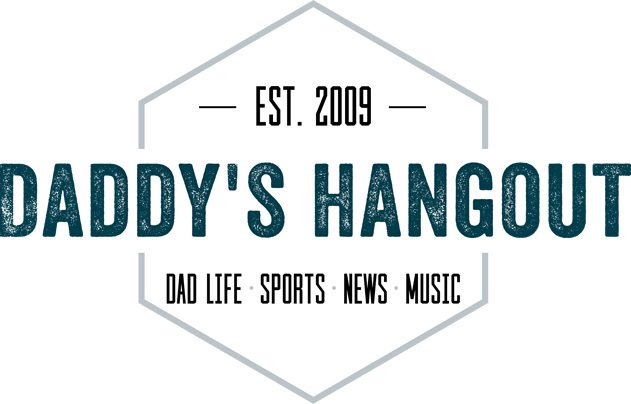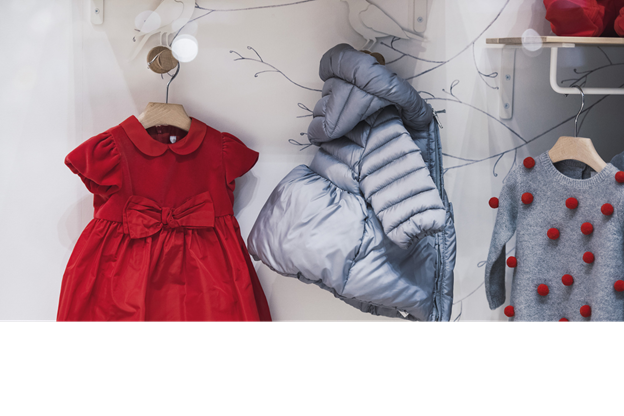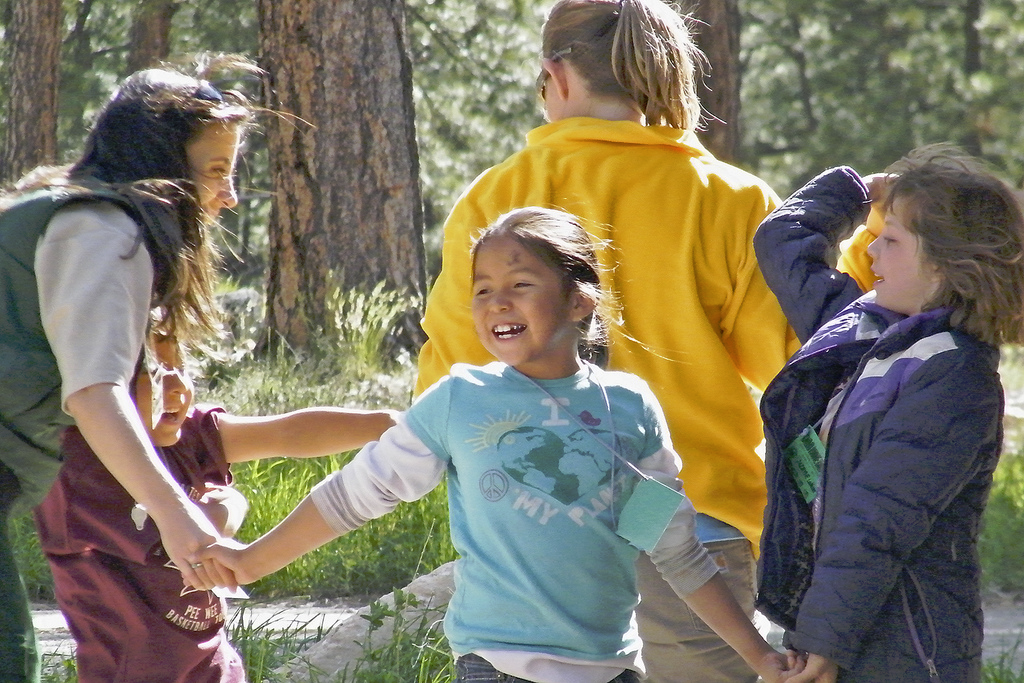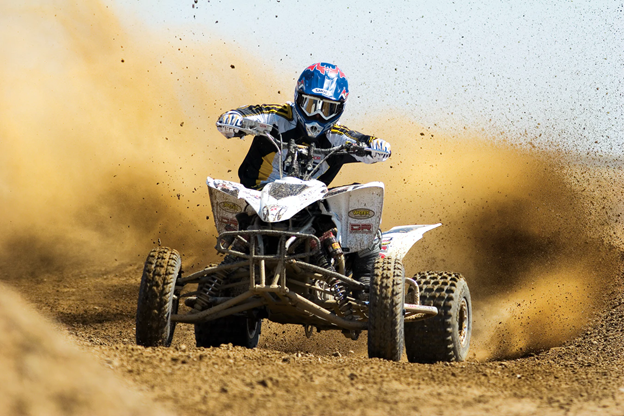What day of the week are the most babies born?
Wednesday!
What’s the least busy weekday for births? Sunday.
As a proud parent, you want your baby to look their best from day one. You also want to make sure your little one is comfortable. That’s why you must learn the proper baby sizing techniques so that all of your child’s outfits fit perfectly.
To help you out, we’ve created this complete baby clothing buying guide. It will help you learn how to size your baby for fashionable, perfect-fitting outfits.
What size clothes should your baby be wearing now? Read on to find out!
How to Measure Your Baby
The first step is learning how to measure your baby correctly! Baby sizing is a lot easier than you might think. Simply follow the steps we will outline below, and you’ll have an accurate set of measurements to put to use!
Begin by getting a measurement of your baby’s height, chest, and waist. Follow up by measuring their hips and inside their legs. As you begin measuring their height, start at the heels of their feet and work your way up to the top of their head.
For the chest, you’ll need the tape measure to go underneath your child’s arms and circle back around the chest. Voila! Now you have the top half of your baby’s measurements.
Waist Down Measurements
Next, waist measurements are straightforward. Simply keep the tape measure along your baby’s natural waistline, usually right above the belly button. As you measure your child’s waist, double-check that the tape measure isn’t getting twisted up.
Last but not least, you can start measuring your baby’s hips and the inside of their legs. Hips are the most significant part of your baby’s glutes or buttocks.
Simply lay the tape measure around your child’s buttocks, and you’ll be able to get an accurate measurement. Of course, your child will need to be wearing thin leggings. Otherwise, the size will be off. For the inside of the legs, it’s as simple as it sounds. Go from the crotch to the ankle, and you’ll have the inside leg measurement you need.
Why Brand Matters
Do you have a preferred brand of baby clothes? Or are you new to the market and still trying to decide what brand to trust? There’s a lot of excellent clothing brand options out there, and it’s lovely to use a variety of them.
As long as the clothes are made from safe materials and are comfortable, you’ll be just fine. However, you’ll have to learn the different sizing charts each brand uses.
Brands like Oshkosh, Gap, and Carter’s are all great options! However, an Oshkosh onesie for a 2-month-old will not be the same size as the onesies at the Baby Gap store.
Oshkosh onesies tend to be longer and thinner than Carter’s or gap. If you have a slim baby, they should be able to fit into almost anything Oshkosh.
Carter Onesies
Carter onesies, on the other hand, tend to have a more average size. If you feel that your baby isn’t slim or adorably chunky, they might perfectly fit into Carter’s sizes. Is your baby starting to get a little bit larger than the average size?
Then plan on sizing up one to two sizes if you’re getting an article of clothing you want to zip from Carter’s. For instance, Carter’s offers a lot of fantastic baby vests. To make sure the vest will fit comfortably over the clothes your baby is already wearing, go a little bit larger for the sizing.
NB for Newborn
As you continue shopping for new baby clothes, you’ll notice that many of the tags read NB for newborns. However, what does newborn sizing actually mean?
Typically, newborn clothing items are for babies anywhere from 0 to 3 months old. However, since every baby grows at their own pace, sometimes older babies can benefit from NB sizes.
As a general rule of thumb, as long as your baby is between 5 to 8 lb, they should be able to fit into most newborn clothes. Is your baby closer to 8to 12 lb?
Then start exploring clothing sizes for 3-month-olds. When your baby finally starts to reach 20 to 24 lb., you’re ready to transition into clothes for 1-year-olds!
Gather Clothing Essentials
How many pieces should you get in each size? To avoid overspending, we suggest starting out with the basics. Put together clothing essentials for newborns. Essentials could consist of 6 to 8 shirts, 8 to 10 onesies, and several one-piece footed pajamas.
Next, you’ll need a few rompers, shirt, and shorts combinations, as well as fun dress-up outfits. Once you have the clothing essentials, you can start working on your baby’s footwear! If you live somewhere with snow, don’t forget about adorable baby boots.
How Fast Babies Grow
Next, let’s look at how to buy baby clothes before your child needs them. After you put together a set of clothing essentials for your newborn, you’ll want to start planning ahead. That means knowing approximately how fast your baby will grow so that you can have their next stage of clothes ready to go.
Remember, babies grow at their own pace. However, on average, babies are about 1 to 2 in taller every month. As far as weight goes, gaining 1- 2 pounds a month is also considered normal baby growth.
At this rate, it’ll probably feel like your child is outgrowing their clothes every other day! But don’t worry. Your baby’s rapid growth will start to slow down during the second half of their first year.
Be a Baby Sizing Expert
Now you know all of the best tips and tricks to become a baby sizing expert! After reading this article, what size clothing do you think your baby needs right now?
Go ahead and get your baby’s measurements today. Be patient as you measure the top and bottom half of their body.
Rushed measurements are likely to lead to mistakes, plus you could wind up upsetting your little one. Instead, take your time, and if possible, measure twice for accuracy. Are you ready for more helpful tips? Then look at the rest of our blog.




